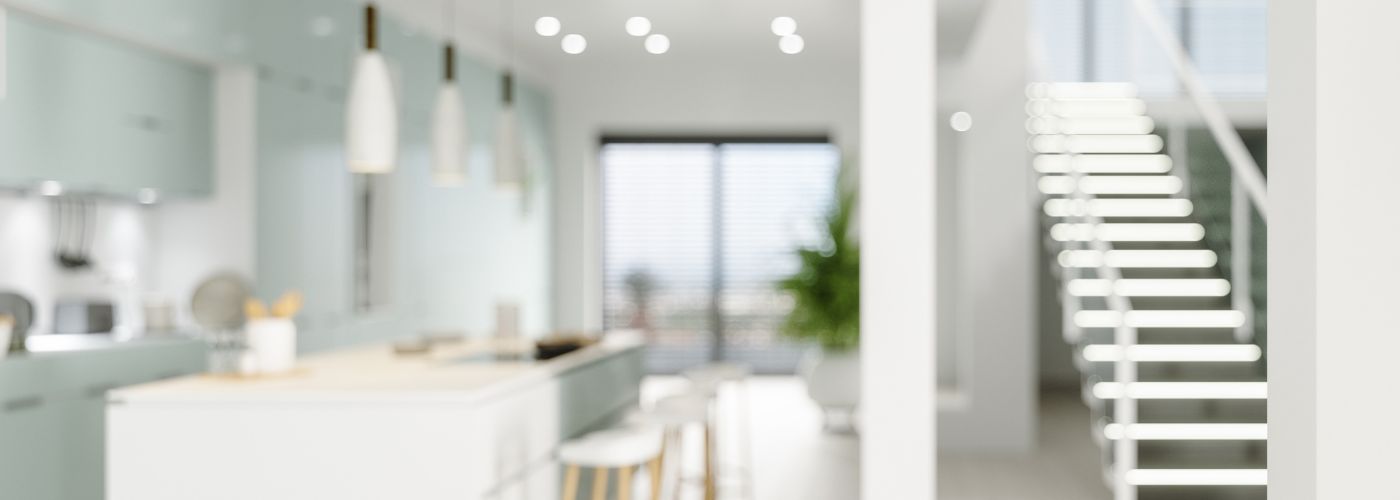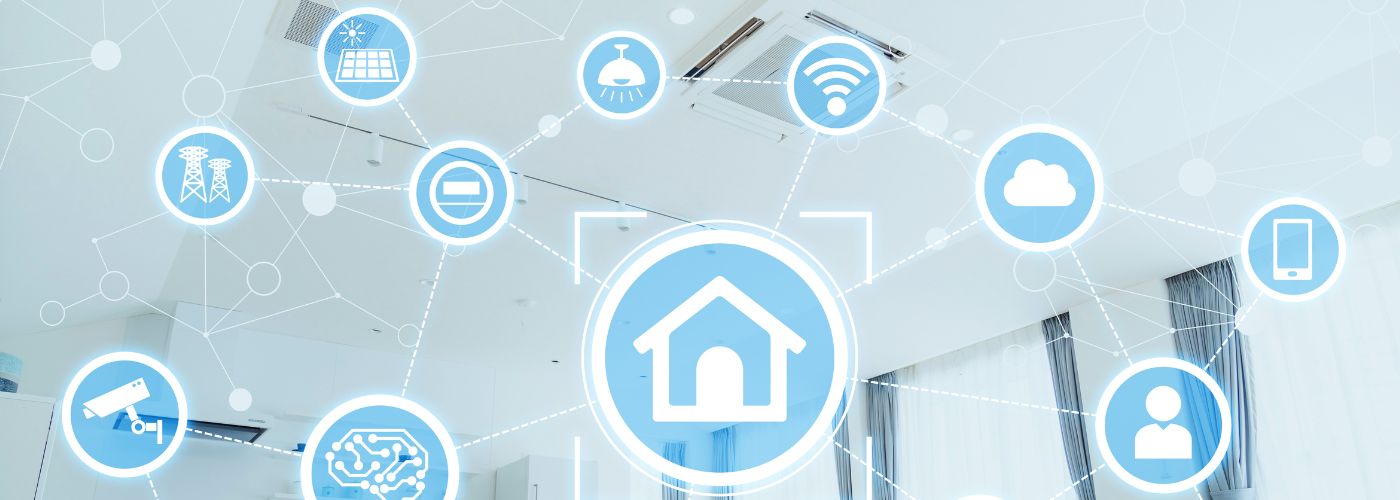Have you ever dreamed of living in a house straight out of a sci-fi movie? Well, thanks to the advancements in technology, that dream can now become a reality! Home automation is no longer limited to luxurious mansions; it has become accessible and affordable for everyday homeowners like yourself. However, before you embark on this exciting journey towards making your living space smarter than ever before, there are some crucial preparations that need to be made. In this article, we will explore how to prep your home automation installation.
What Do I Keep For Home Automation?

When it comes to home automation systems, the possibilities seem almost endless. From smart thermostats and lighting systems to voice-controlled assistants and security cameras, there are countless gadgets and devices on the market. But with so many options available, how do you decide what to keep for your own home automation setup?
First and foremost, consider your needs and priorities. Are you looking for ways to save energy or make your home more secure? Do you want a system that is easy to use or one that can be customized to meet your specific needs? Once you have a clear idea of what you hope to achieve with home automation, it becomes much easier to narrow down your choices.
Next, think about compatibility. It’s important to choose devices that work seamlessly together in order to avoid complications or frustration down the line. Look for products that are compatible with common platforms like Amazon Alexa or Google Assistant, as this will give you greater flexibility in terms of integration.
Lastly, don’t forget about scalability. Home automation is an investment, so it’s wise to choose products that can grow with you over time. Opt for systems that allow for easy expansion or addition of new devices as your needs evolve.
When deciding what to keep for home automation, consider your specific needs and priorities as well as compatibility and scalability factors. By taking these factors into account, you can create an efficient and effective home automation setup that truly enhances your lifestyle.
Should I Get Rid of Anything Before Home Automation?

Before diving into the world of home automation, it’s essential to assess what you need and what you can do without. Letting go of unnecessary clutter not only frees up physical space but also simplifies the integration of home automation devices. It’s time to take a critical look at your possessions and evaluate if they align with your smart living goals.
Consider getting rid of redundant electronics that can be replaced by a single multifunctional device, such as standalone speakers substituted by smart speakers or various remote controls made obsolete by universal remotes.
This consolidation saves space, reduces energy consumption, and optimizes the overall functionality of your automated setup. Additionally, old appliances that lack compatibility with modern automation systems could hinder seamless integration – it may be an opportunity to get rid of these devices.
Take this opportunity to declutter your living spaces as well. While voice-activated commands or smartphone apps offer convenience, it’s important to streamline the connected devices in each room for practical use. Clear out unused furniture or decor items that might impede proper installation and hinder effective utilization of smart home technology within specific areas.
By removing unneeded gadgets and decluttering rooms before embracing home automation, you’ll create an environment where new technologies can thrive seamlessly while enjoying a simplified living experience free from excess possessions weighing you down.
Remember, less is often more when it comes to integrating innovative systems into your household – optimizing functionality requires letting go of what no longer serves your technological aspirations.
How Long Is Home Automation Installation?
Installing home theater systems can vary in length depending on the complexity of the system and the size of your home. For a basic installation, it may only take a few hours or a day to complete. However, for larger homes or more advanced systems, the installation process can take several days or even weeks.
One factor that affects installation time is the wiring required. If your home is already pre-wired for automation, the process will be much quicker as the technician simply needs to connect and configure the devices.
On the other hand, if you have an older home with no existing wiring, it will take longer as new wires need to be installed throughout the house.
Another factor that affects installation time is customization. The more customized and personalized you want your system to be, the longer it will take to install.
This includes integrating different devices and third-party applications into your system, setting up specific automations based on your preferences, and programming individual schedules for each device.
What Are The Disadvantages Of Home Automation?
While home automation offers numerous advantages, it also comes with its fair share of disadvantages. One major drawback is the high initial cost involved in setting up a comprehensive smart home system.
From purchasing the necessary devices to hiring professionals for installation, the expenses can quickly add up. Additionally, home automation systems require regular maintenance and updates to ensure everything runs smoothly. This ongoing cost can be a burden for those on a tight budget.
Another disadvantage of home automation is the potential for technological glitches or malfunctions. Despite advances in technology, no system is completely immune to failure. A software glitch or malfunctioning device can disrupt the entire system and leave homeowners without control over essential functions like heating or security.
Moreover, reliance on technology means that any power outage or internet interruption could render certain features of a smart home useless until services are restored.
In conclusion, while there are undeniable perks to home automation, it’s important to consider its downsides as well. The expensive upfront costs and ongoing maintenance expenses may not be feasible for everyone’s budget. Furthermore, dependence on technology leaves homeowners vulnerable to possible malfunctions that can disrupt daily routines and compromise security in unforeseen ways.

More to Read
Top Smart Locks For Homes
Are you still using a standard key to lock your door? It might be time
Jul
How To Keep Your Home Safe During Traveling
Have you ever returned from a dream vacation only to discover your home has been
Jun
Mistakes To Avoid With Smart Home Theater Installations
Have you ever felt overwhelmed by the options when creating your perfect home theater? You’re
May